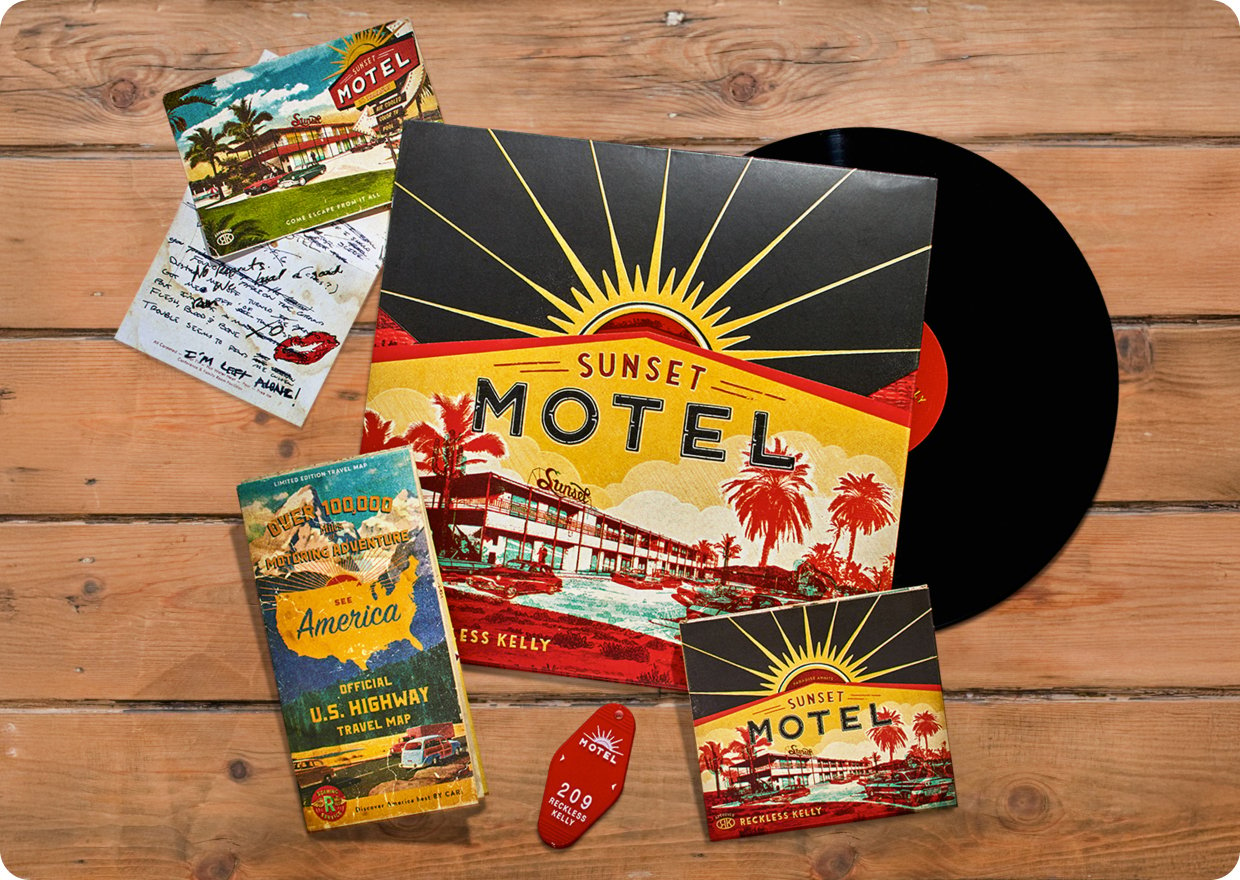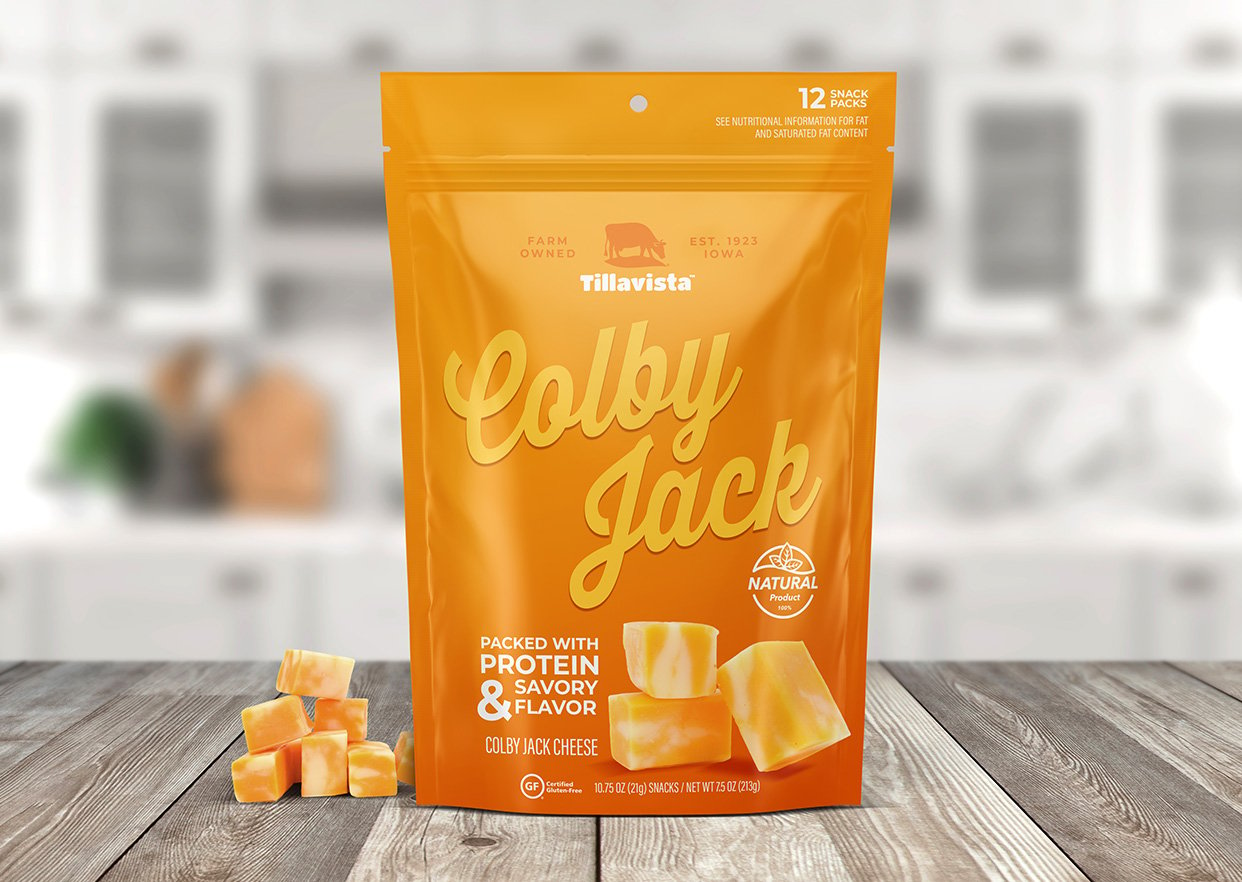A makeup brand garnered huge success by offering quality cosmetics at drugstore prices. Combined with their strong stance against animal testing – proudly proclaimed by “cruelty-free” labels on product packaging – the brand cultivated a fiercely loyal customer base. Then, the company was discovered to be selling products in China. Activists sounded the alarm that post-market animal testing could occur, leading many to say that the brand could no longer be considered cruelty-free.
It’s a complex situation but one thing is clear: The makeup giant is facing a PR challenge because many customers believe the company no longer shares their values.
Brand loyalty often begins with values
According to a Cone Communications Study, 76% of consumers would refuse to purchase a product if they found out a company supported an issue contrary to their beliefs. On the flip side, 87% said they’d purchase a product because that company supports an issue they care about.
A study from Deloitte Digital took this concept one step farther. Shared values were again found to be influential in marketing and brand positioning, particularly at the beginning of a brand relationship. In addition, so-called “emotional responses” were found to inspire greater brand loyalty and advocacy. “It’s telling that well over half of long-term customers use words like love, happy and adore about their favorite brands. That’s the same way they talk about their family, friends and pets.”
The 3 non-negotiables of corporate values
The research is clear. Companies with brands that naturally align with their customers’ values are much more likely to achieve deeper brand loyalty and, consequently, increased profits. So how do you go about creating that alignment? Forrester Research offers three branding-related guidelines regarding corporate values to help prevent unintended blowback like that experienced by the makeup company noted above:
- Make them relevant. Seek to understand what really matters to your customers, not what you assume matters to them.
- Embrace them wholeheartedly. Corporate values must permeate how you operate, now and into the future. Building a brand is not a “one and done” kind of thing.
- Be radically transparent. Make sure the walk matches the talk. Tell the truth, keep promises and report your progress.
Just thinking you know what your customers value isn’t enough, however. You need to be sure. Conducting a survey is an effective way to collect valuable information about what customers love – and don’t love – about your company. It also can capture raw data about how people perceive your brand. For example, if you find that customers choose your brand because your company is environmentally responsible, your packaging should tout your commitment to sustainability. Customers who share your support for that social cause will notice the endorsement on your products and feel a deeper connection to your brand. Here are some real-world success stories that illustrate how brands seek to understand what their customers value – and then act upon it.
Brands that understand what their customers value
 Bud Light creates custom packaging in support of LGBTQ community
Bud Light creates custom packaging in support of LGBTQ community
Bud Light has a strong LGBTQ customer base and believes in supporting the cause. In 2019, they partnered with The Gay and Lesbian Alliance Against Defamation (GLAAD) to launch limited-edition rainbow aluminum bottles for World Pride Day.
Just like Bud Light, find out how customers really perceive your brand and where your values overlap. Then, on issues pertaining to that overlap, look for honest and straightforward ways to make it known that you’re in alignment. Customers who share those values will take notice and reward your brand in the marketplace.
Gucci builds a luxury brand at every touchpoint
Once you lock in your values, it’s critical to commit to your pledge. Let’s consider Gucci. Working from the knowledge that “luxury” is the shared value, Gucci trains every staff member on how to provide the highest level of service. Product packaging must be elegantly on brand and perfectly displayed. The website must be free of broken links and missing pages.
In this example, everything about the Gucci brand must convey opulence and exclusivity. Any element of the customer experience that does not connote luxury is contrary to that shared value and represents a potential source of customer disconnect and brand alienation.
Obviously, this doesn’t happen with one company meeting, the training received on orientation day, or the QA testing done before the website launches. It’s an ongoing process and remains every employee’s responsibility for as long as they are a part of the Gucci team.
TOMS Shoes commits to philanthropy regardless of cost
TOMS Shoes is a company with strong corporate values that has fostered tremendous brand loyalty. When it was founded in 2006, the company’s One for One program promised to give a free pair of shoes to a child in need for every pair of TOMS purchased. The company reportedly gave away 60 million pairs of shoes in more than 70 countries over the next 15 years. In-store merchandising clearly featured the One for One messaging often included photos – or even videos – of children receiving brand new shoes. Very powerful, very on brand.
Interestingly, TOMS recently abandoned the One for One program for the simple reason that it was operationally impossible to sustain on such a vast scale. Instead, TOMS now pledges to give 1/3 of its profits to grassroots efforts and organizations creating change at the local level.
Another PR nightmare in the making? Not really. It took radical transparency for TOMS to admit the unsustainability of mass-scale global shoe donations. Then, in its place, they made a generous long-term financial commitment that will arguably have a more wide-ranging positive impact on people in need – which was the whole point of One for One anyway.
Making the connection
Roy E. Disney once said, “It’s not hard to make decisions when you know what your values are.” Take the time to find out what your customers value and align your brand to those principles. Then, ensure your packaging and visual merchandising reflect those principles. It’s the first baby step in fostering an enduring connection between customers and your brand.









.png)
